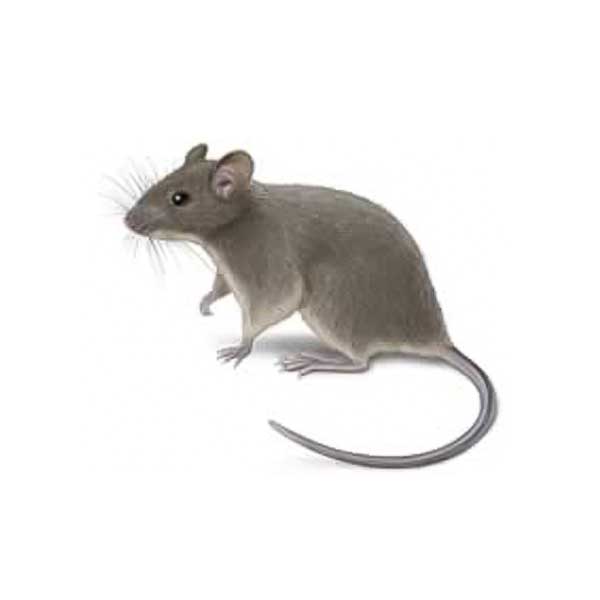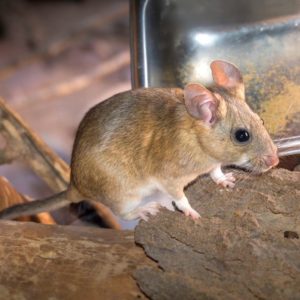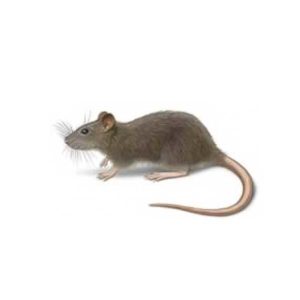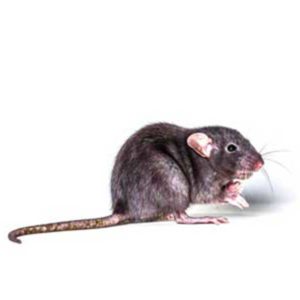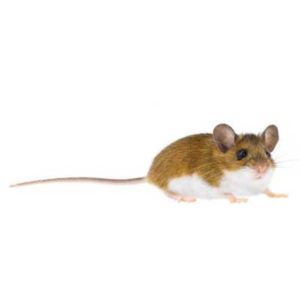House Mice in Albuquerque NM
Some people keep mice as pets, but wild house mice can become a major issue for homeowners. Mice are nocturnal, preferring to do their damage at night. Also, they are omnivorous, meaning they’ll eat pretty much anything they can get their hands on, including their own droppings. House mice thrive throughout the year and can be found in homes, commercial buildings, open fields, and agricultural lands. They contaminate food meant for humans and pets as they forage, dropping feces and urine along the way. House mice cause considerable damage to structures by chewing through walls and transmit pathogens that cause diseases like salmonella, a form of food poisoning. House mice breed at a very rapid rate, which is why their infestations can be so dangerous.
House Mouse Habitat
Outdoors, house mice construct nests in fields and beneath trees and shrubs. Indoors, mice will build nests in quiet undisturbed places like wall voids, kitchen cabinets, attics, and garages. Droppings, fresh gnaw marks, and tracks or rub marks indicate areas where mice are active. Nests are made from finely shredded paper or other fibrous material, usually in sheltered locations. House mice have a characteristic musky odor that reveals their presence. Mice are active mostly at night, but they can be seen occasionally during daylight hours.
House Mouse Behaviors and Dangers
The house mouse is omnivorous but feeds on many things, including grains and cereal. House mice contaminate food and are implicated in the transmission of diseases such as salmonella and bubonic plague. The house mouse can cause significant damage to structures by gnawing and tunneling through walls. Mice have also been implicated in the generation of fires and explosions in homes and buildings. Chewed, exposed wires inside walls can spark, causing interior walls to catch fire.
Because house mice can be more dangerous than you think, always enlist the help of a local rodent exterminator when you have an infestation!
Need help with house mice?
We'll call you! Leave your information below.

